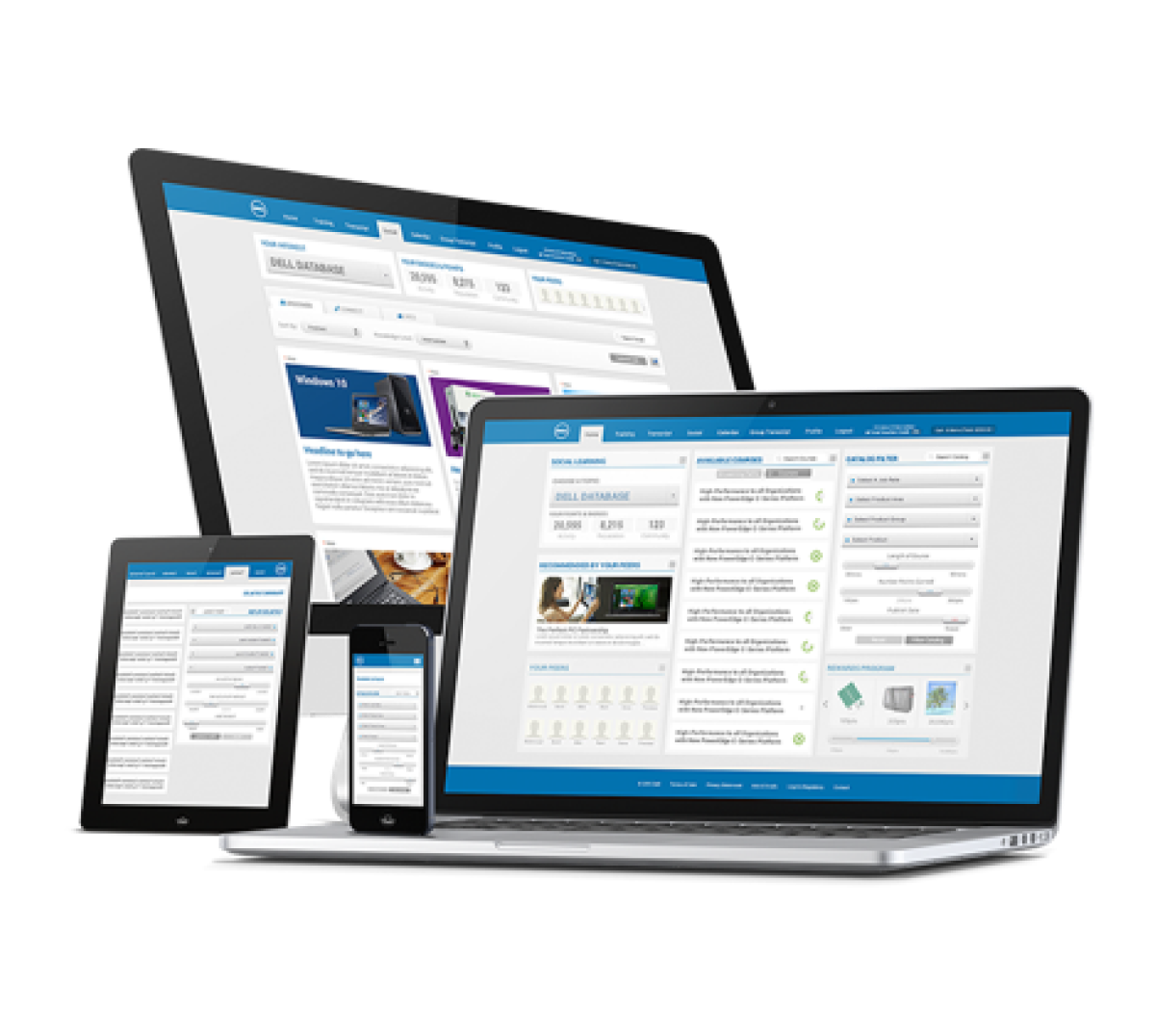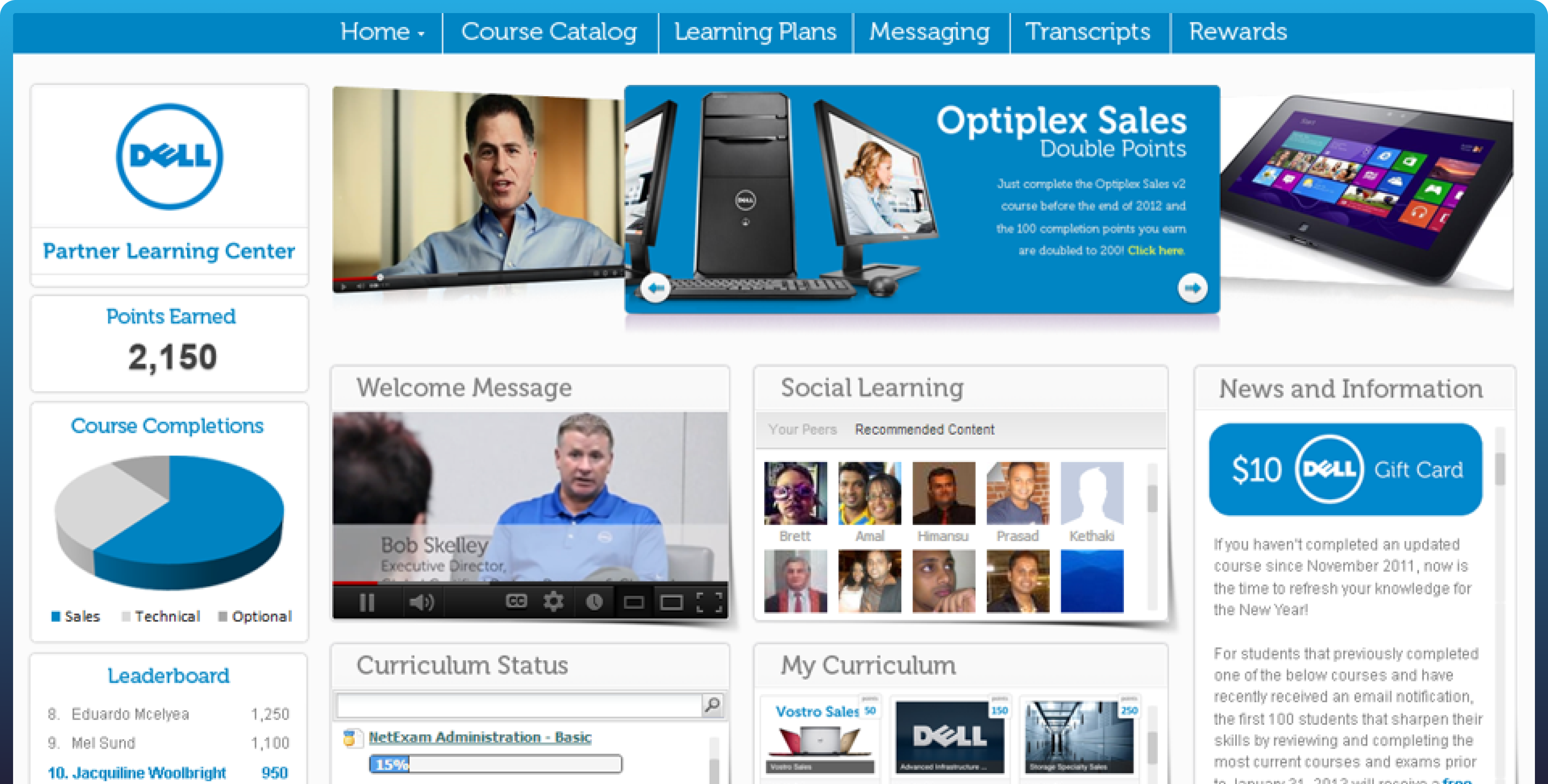

Threats To Online Learning Environments Strategies For Protecting Online Learning Environments
With the rise of online learning in recent years, it’s more important than ever to ensure the security of these virtual environments. Online learning environments include online classrooms, virtual meeting platforms, digital courses, live trainings, and more. As these platforms become more widely used, they’re attractive targets for cybercriminals to steal sensitive information, disrupt operations, or even hold data for ransom. What are the best practices to secure online learning environments? We’ll explore the importance of cybersecurity in online learning environments and provide strategies for protecting these virtual spaces.
Threats To Online Learning Environments
Threats to online learning environments are a growing concern in today’s digital age. As more educational environments shift to online spaces, so too is technology advancing in such a way that allows cyber attackers to carry out sophisticated strategies. There needs to be solutions and security measures in place so that the worst-case scenarios don’t happen.
Malicious Content
A lot of digital content gets exchanged in online learning. Course authors may upload course content for learners to download. Learners may upload completed assignments or collaborate on documents with other learners for group assignments.
If a hacker gets into the information-sharing processes, they can easily infect documents with malware. The worst part about it, is that users will continue sharing and opening the files, allowing the malicious content to spread even further. This is one of the most common threats in online learning environments the spread of malware and viruses. It is especially concerning because these malicious programs can infect computers and compromise sensitive information, causing damage to both the individual and the institution.
Ransomware
Ransomware is another serious threat, where cybercriminals encrypt data and demand payment for the decryption key. This can result in data loss and significant financial loss for the affected parties.
Phishing Scams
Cybercriminals might send emails or messages that appear to be from legitimate sources, such as educational institutions or online learning platforms. This attempts to trick users into sharing personal information or login credentials. This can lead to serious consequences such as identity theft or financial fraud.
Social Engineering
Social engineering tactics, such as pretexting, baiting, or scareware, are also used to manipulate individuals into divulging sensitive information or taking other actions. These tactics exploit human psychology, making individuals more susceptible to giving away personal information or falling for a scam.
Strategies For Protecting Online Learning Environments
The following strategies can be taken regardless of the type of organization or institution looking to secure its systems.
Create A Secure Login
One actionable way to implement cybersecurity measures in online learning environments is by using secure login systems. Create unique and complex passwords for each user rather than having a master login and password for all. Two-factor authentication is also a valuable addition that ensures only authorized individuals can access the system. Regularly monitoring and auditing login attempts can help to detect and prevent unauthorized access.
Update Software
Ensure that all software and systems used in the environment are up-to-date with the latest security patches and updates. This includes the operating systems and software used on the servers, as well as the browsers and devices used by learners/educators. By staying current with these updates, it’s easy to fix known vulnerabilities and prevent attackers from exploiting them.
Invest In Awareness & Training
Implementing a comprehensive security awareness and training program for all users of the online learning environment is also an important step to help to improve cybersecurity. This would include information on identifying and avoiding phishing attempts, protecting personal information, and safe browsing practices.
Regular training and reminders can help to keep users aware of the latest threats and best practices for staying safe online and can help to reduce the risk of successful attacks.
Use a VPN
A Virtual Private Network (VPN) helps secure against cyberattacks online by encrypting the user’s internet connection. This makes it much more difficult for hackers or other malicious actors to intercept and read the user’s data, even if they can gain access to the network. A VPN also helps to protect against cyberattacks by hiding the user’s true IP address, which makes it more difficult for malicious actors to pinpoint the user. This is because the user appears to be accessing the internet from the VPN server’s location rather than their true location.
VPNs can also protect against malware or other malicious software by preventing the user from accessing infected websites. The best VPNs will also usually have a built-in firewall, which can help to block malicious traffic before it reaches the user’s device.
Example Of Cybersecurity In Online Learning
Imagine a university that has recently transitioned to online classes due to the COVID-19 pandemic. The university has used a learning management system (LMS) called VirtualWork to conduct classes and share course materials. The university has implemented the following cybersecurity measures:
Two-factor authentication is mandatory for all users to log in to VirtualWork. Students and faculty members must enter their username and password, as well as a code sent to their registered mobile number or email address.
VirtualWork automatically backs up all the data every day, including assignments, grades, and chat logs, to a secure server located off-site. In case of a security breach, the university can easily restore the lost data.
VirtualWork encrypts all the data transmitted and stored on the platform, including files, messages, and grades, using a secure encryption algorithm. The organization also provides access to high-quality VPNs for all learners and educators.
The university’s IT department regularly updates and patches the VirtualWork software to fix any known vulnerabilities and keep the system secure.
VirtualWork has a built-in intrusion detection system that monitors the platform’s logs and network traffic 24/7. The system alerts the IT department if it detects any suspicious activity, such as attempted hacking or unauthorized access.
The university also provides cyber security training to students and faculty members on how to create strong passwords, avoid phishing attempts, and report any suspicious activity.
Conclusion: Protect Against Cybersecurity
Online learning environments are becoming increasingly important in today’s world, and it is essential that we take steps to protect them from cyber threats.
By following best practices for cybersecurity, educators and students can ensure that their online learning experiences are safe and secure. If you are responsible for an online learning environment, it’s important to take the necessary steps to protect it from cybercriminals.
Additional resources such as government websites or cyber security experts can help you with this task.
Book a Demo
Experience how NetExam LMS+ can supercharge your training operations and boost your customer and partner retention. Enter your email address and we’ll connect you with the right person.


